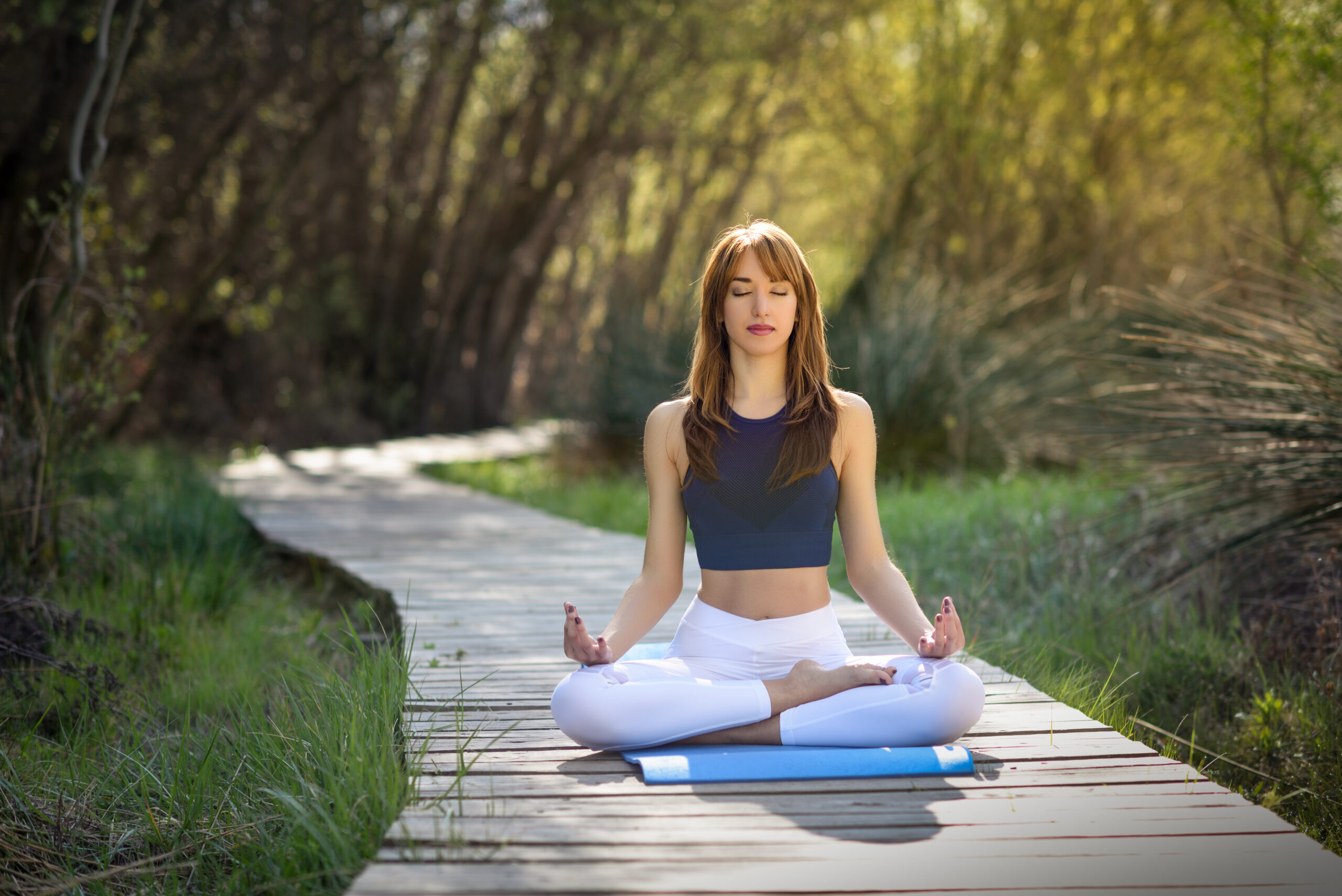Morning Yoga Routine For Stress Relief

Morning Yoga Routine For Stress Relief
morning yoga is the best practice to keep your mind and body fresh. Adoption of this habit can help you to keep fit and healthy. Morning yoga is very important to control the blood pressure and prepare the body for upright activity during the day. Morning is the best time to do yoga. Get up early in the morning and enjoy the fresh air is the best way to start your day. Heatlth is the wealth. Don’t neglect it. Supportive of this aim, light stretching accompanied by long, deep, activating breaths calms the nervous system activating the parasympathetic nervous system, which, paradoxically, elevates heart rate and blood pressure, thereby invigorating the body. Establishing such a routine serves to integrate conscious movement and breathing into daily life, helping to restore a healthy balance between parasympathetic and sympathetic nervous system activity.
Stress is very common these days. By choosing morning yoga you can get relief from stress. Yin yoga poses apply gentle and sustained pressure to the neuromuscular system. Breathwork supports the relaxation of the muscles and the release of emotional blockages, thereby improving the supply of oxygen and nutrients to the brain. Meditation calms the nervous system. It creates the space for deeper thinking and reflection, amplifying the experience of life. Collectively, this practice advances physiology and strategy—in addition to the physical benefits of a mobility and blood flow routine, it operates on a more subtle level to enhance mental and emotional wellbeing. Establishing a morning yoga habit is best to maintain the mental health.
Benefits of Yoga for Stress Relief
Yoga is the best tool to fight with stress and mental pressure. You can get relief from mental stress by practicing meditation, balance, and breathing exercises. These simple practices occupy the fullest functioning parts of the brain and body. This has the effect of squelching the more troubled and reactive areas, components that otherwise tend to be activated by exercise, distraction, or entertainment. The result is a much greater and more lasting calming effect against the root of stress and anxiety. Similarly, the flexibility and lengthening elements of the practice counter any creeping tension in core muscles of the body, including those parts that remain tense during regular movement.
While individual experiences may vary, a daily practice of about ten to fifteen minutes has been shown to confer considerable benefits. Over time, this can lead to reduced cortisol levels—the hormone associated with stress—and decreased shell-shock cortisol surges. This cumulative effect on the body’s chemistry is of considerable importance in managing mental-health disorders such as PTSD.
Preparing for Your Yoga Session
Prepration is very important. Do the prepration before doing your yoga is very important. When creating a calm space for a morning yoga session, select a quiet area with comfortable temperature and good lighting. Preparing the environment in advance simplifies the transition into practice. Morning typically proves the most conducive time, especially with an empty stomach, as it aligns with the body’s natural rhythms and maximizes the stress-relief benefits of the session.
Loose and comfortable fitting clothes encourage freedom of movement, minimizing restrictions. Simple blocks or household substitutes like books and pillows can offer assistance during certain asanas, while a transparent water bottle ensures hydration remains close at hand. These basic preparations establish the physical foundation for a nurturing and stress-relieving morning routine.
Tracking Your Progress
In the era of technology, you can also track your progress. Tracking your progress with various attractive gadgets is possible. Yoga classes are not about stretching and doing difficult poses — they’re about learning to listen to your body and do what feels right. A regular practice throughout the day helps reduce stress. Yoga journals are a great way to track this. They’re like a fitness diary but for yoga. Your yoga journal lets you track your progress and reflect on the areas you want to improve, see what’s working and what isn’t, and set goals for your practice with self-reflection. Writing down the following things in a journal motivates you to keep it up and helps make the practice a part of your day.
- note down the time of day you practice.
- Note down all information about yoga sequences you complete
- Note down your feelings. How you feel before and after the practice
A little journaling goes a long way.
Your yoga journal should include your goals, aspirations, reflections, learning, and training plans. It acts as a personal diary where you can ask yourself questions such as: What is my favourite part about yoga? How does yoga help me mentally? How does yoga help me physically? What should my focus be during my practice? When do I want to learn yoga by? How do I want to feel at the end of a yoga session? What should I add to improve my yoga skills or health?




